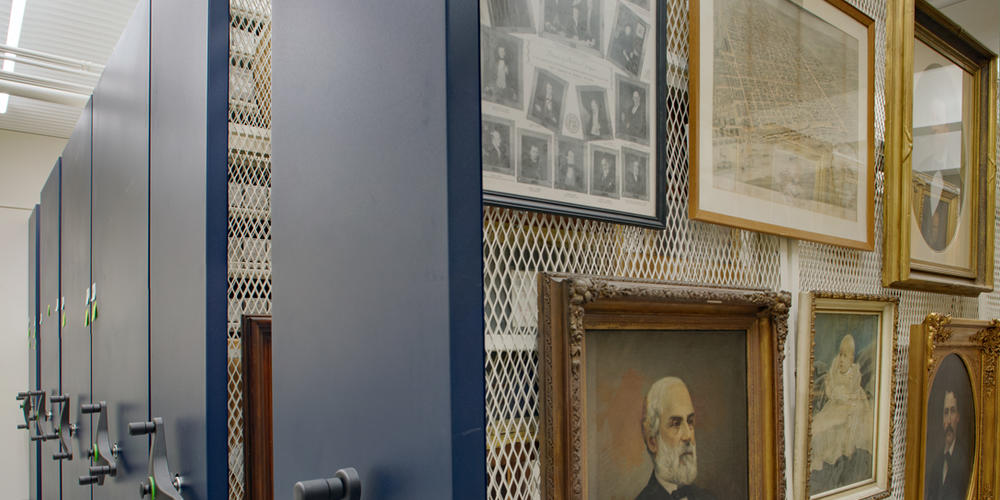
Caption
Wide view of the interior of Hodgson Hall after its new renovation.
Credit: Russ Bryant Photography, courtesy of the Georgia Historical Society

Caption
Hodgson Hall in 1876, the year it was built
Credit: William Brown Hodgson papers, MS 388-01-12-01

Caption
Hodgson Hall in 1930
Credit: Courtesy of the Georgia Historical Society

Caption
Hodgson Hall and the Georgia Historical Society campus in Savannah, after its new renovation and expansion.
Credit: Richard Johnson, Atlantic Archives Inc., courtesy of the Georgia Historical Society

Caption
Archival storage at the Georgia Historical Society
Credit: Richard Johnson, Atlantic Archives Inc., courtesy of the Georgia Historical Society






